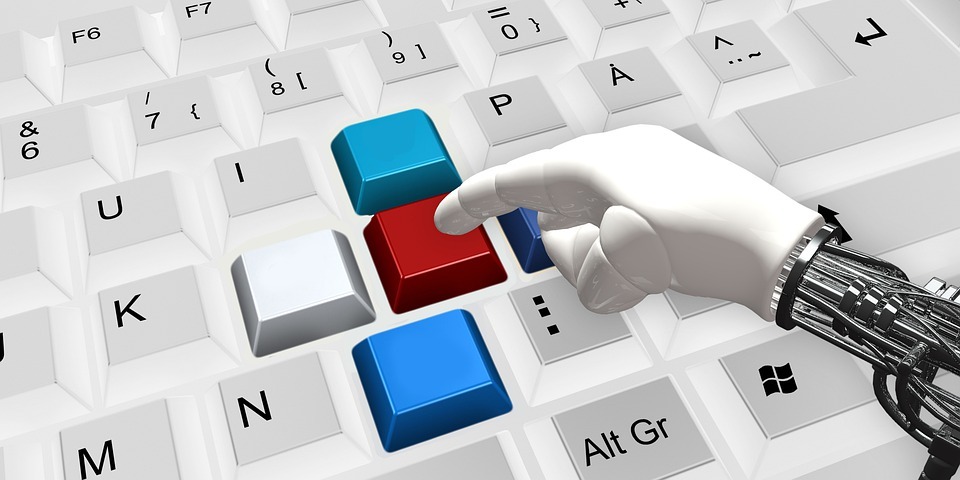Artificial intelligence has been successfully implemented in business and commercial developments for several years. This technology is no longer new and has proven to be effective. Therefore, government non-profit organizations became interested in AI R&D methodology. The search for effective solutions in the management environment has brought positive results. Building a strategy based on artificial intelligence scenarios justifies itself both at the level of private companies and at the level of entire countries.
AI Research and Development in theory
Using the examples of the most influential countries in the world, the use of artificial intelligence as a strategic tool for improving public administration and economic development in the framework of the conventional and digital economy is explored. Some theories suggest that in practice it is possible and sometimes more convenient to implement individual components of artificial intelligence in public administration. The developers have proposed concepts such as cognitive government and digital government. Experts suggest that cognitive e-government technologies will reach a mature stage of development between 2021 and 2030. It follows from this that only countries with cognitive e-governments will be able to compete in the international market for goods and services.
What happens in practice?
There are already technologies for predicting environmental disasters, earthquakes, floods and fires: early detection by satellites, mathematical models of weather forecasting and much more. True, they are often overlooked, but the accuracy and complexity of these approaches will only grow. The fastest way for artificial intelligence to develop is :
- Medicine;
- Unmanned vehicles;
- Management of complex systems;
- Forecast of disasters;
- Creation of drugs and new materials.
Imagine the cool stuff happening with autonomous vehicles! They’re like one of the most thrilling and tricky things we’re up to nowadays. They’re set to totally shake up how we get around. And you know what’s really pushing this forward? It’s the super smart computer tech behind it, especially those GPU servers. These high-tech computers are like the superheroes of AI research. They do all these fancy calculations and crunch through massive piles of data, like the info collected by sensors in self-driving cars. They’re basically the brains behind the scenes making all the magic happen. If you’re keen on diving into this exciting field, you might even want to consider to rent GPU server for research in the field of autonomous vehicles.
Difficulties in implementing a new methodology
In the context of the emergence of the digital economy, it is sometimes not clear how to relate new opportunities to current legislation. New approaches to legal regulation and understanding of digital processes are proposed, in particular in such areas as robotics and artificial intelligence. Many experts note that the legal regulation of digital relations lags behind the level of technological development of society. There is also a great risk of overly strict regulation that will slow down technological progress. It is logical that priority in legal regulation should be given to measures to stimulate the development of robotics and artificial intelligence, and not to measures aimed at direct regulation of public relations.

